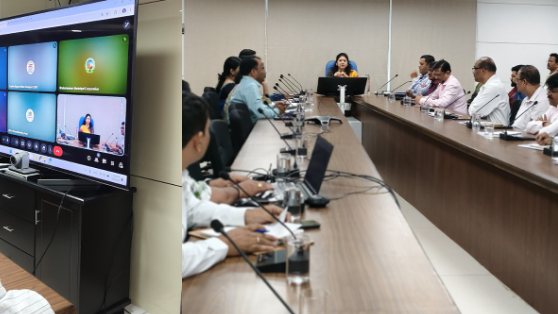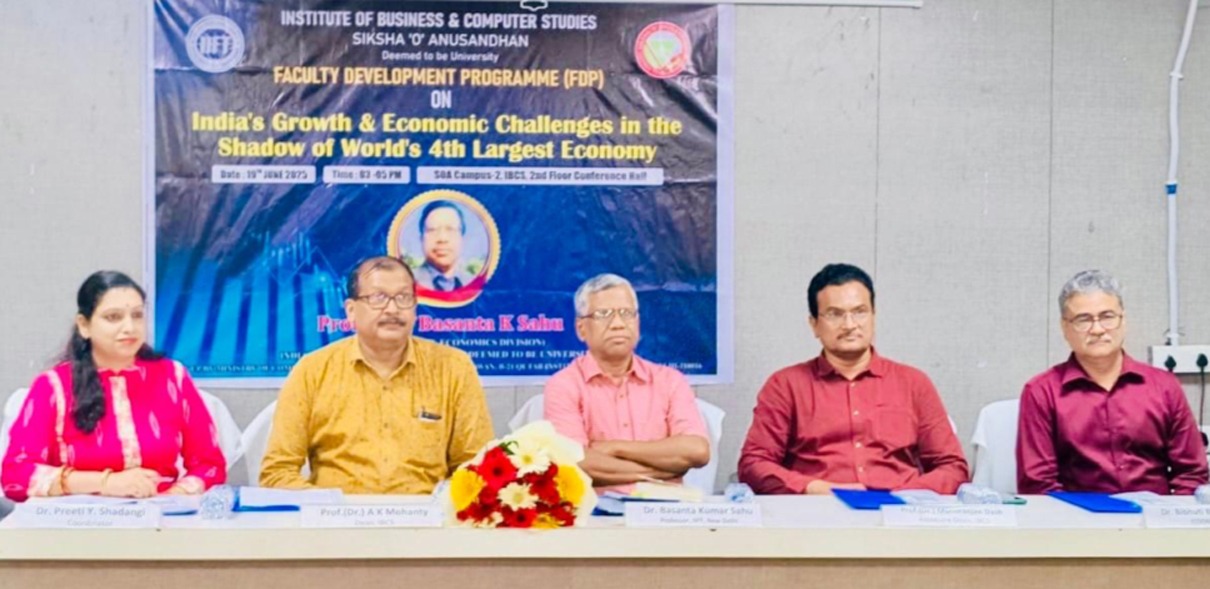Status of Small Finance Banks in India

The SFBs are in their boyhood; however, going by their mandate, considerable potential to grow exists. SFBs need to focus on mobilizing low-cost deposits. They also need to pay attention to customer education, especially related to loan repayment and credit discipline including proper utilization of loans. Dr Manas R Das With a view to enhancing financial inclusion of small business units, small and marginal farmers, micro and small industries, and other unorganised sector entities which still lacked adequate access to banking facilities RBI allotted licenses to Small Finance Banks (SFBs) in 2016 as part of its Differentiated Banking Policy. The thrust was on harnessing advanced technology and low-cost operations by these banks to reach the un- and under-banked across the country. At Mar-end 2020, there were 10 SFBs, out of which eight were operating as Non-Banking Finance Companies (NBFCs) in the microfinance segment. In Dec-19, RBI issued guidelines for ‘on-tap’ licensing of SFBs. For Urban Co-operative Banks desirous of voluntarily converting into SFBs, the initial requirement of net worth was set at Rs.100 crore, to be increased to Rs.200 crore within five years from the date of business commencement. All eligible Payments Banks can apply for conversion into SFB after five years of operations. Business The combined balance sheet of the 10 SFBs at Mar-end 2020 stood at Rs.1,32,768 crore. Deposits constituted 62.1% of the total sources of funds. Total deposits comprised: current accounts (2.9%), savings bank (12.5%) and time deposits (84.6%). Although the SFBs had made considerable headway over time on the deposit mobilization front, yet the low-cost Current Account and Savings Account (CASA) deposits remained at a lower level. Also, in order to meet the loans demand they depended on borrowings which constituted 22.6% of the total liabilities. On the assets side, loans and advances constituted 68.2% of the total followed by investments at 18.2%. In the loan portfolio, Priority Sector Loans constituted 78.1% with agriculture and MSMEs commanding almost six-tenth – 24.6% and 35.0% respectively. The credit/deposit ratio stood at 109.8%, credit/(deposit + borrowing) ratio at 80.5% and (credit + investments)/(deposits + borrowings) ratio at 102.0%. Income, Expenditure and Profit For the financial year 2019-20, interest income contributed 88.2% to the total income of Rs.19,219 crore. Of the total expenditure of Rs.17,251 crore, interest expenditure constituted 46.0% and operating expenditure 41.5%. Within operating expenses, wage bills commanded 53.3%. Further, provisions & contingencies stayed moderate at 12.6%. Net interest income was Rs.9,020 crore. Operating profit was Rs.4,139 crore and net profit Rs.1,968 crore. Efficiency Net Interest Margin at 6.79% was good. Return on Assets and Return on Equity stood at 1.7% and 15.0% respectively which were far better compared to other bank groups. The efficiency ratio, i.e., the ratio of total expenditure to total income was 89.8%. Asset Quality and Capital Adequacy The Gross Non-Performing Assets Ratio at 1.9% was better compared to that of other bank groups. Over 98% of the assets were standard assets. The total Capital to Risk-Weighted Assets Ratio at 20.2% was above the 15% prescribed. Concluding Remarks The SFBs are in their boyhood; however, going by their mandate, considerable potential to grow exists. The government as well as RBI is consciously encouraging the MSME sector. Not only MSMEs but also the large chunk of small and marginal farmers and the tiny enterprises are unorganized and credit-starved. Another factor to boost their efficiency is their familiarity with modern technology. This will likely lead to expanded reach, better monitoring of borrowers and cost minimization, among others. The SFBs need to focus on mobilizing CASA deposits, which are low-cost. However, stiff competition from the commercial banks, especially the Public Sector Banks cannot be ignored. The RBI Report on Trend and Progress of Banking in India (2019-20) observes that risk absorption cushions in the form of Provision Coverage Ratio is low in some SFBs, impacting their ability to withstand adverse shocks. The Report also points out that those SFBs, which were earlier NBFC micro finance institutions, continue to have significant exposure to unsecured advances even as they strive to diversify their portfolio. Revival of agriculture and allied activities may augur well for financials of these banks. The collection efficiency of these banks had dropped substantially during the lockdown but since then there is a strong improvement on a month-to-month basis and a catch-up with pre-pandemic levels may, in fact, be underway. Customer education is another area the SFBs must pay attention to, especially related to loan repayment and credit discipline including proper utilization of loans by the small borrowers whose propensity to consume being normally high makes diversion of funds easy. About the Author:Dr. Manas R. Das is a former senior economist of State Bank of India. He has over 30 years of experience as an economist in two large commercial banks. Academically, he is a gold medallist in Bachelor of Arts with Economics Honours from Utkal University, followed by Master’s in Economics from Delhi School of Economics and Doctorate in Economics from Gokhale Institute of Politics and Economics. He is also a Certified Associate of Indian Institute of Bankers. He has won several awards, besides being a prolific writer.
Latest News

Odisha: Padhee asks ULBs to adopt innovative p...

IBCS ORGANISES FDP ON INDIA’S GROWTH AND ECONO...

Odisha Govt introduces fail system for Class 5...

Odisha tops in private investments, says Indus...

Former Senior Clerk convicted for bribery, Sen...

Man drowns while bathing in Budhabalanga River...

Excise department foils ganja smuggling attemp...
Copyright © 2024 - Summa Real Media Private Limited. All Rights Reserved.























